Science fiction predictions about the future are not always entirely accurate. For example, today we are more than 20 years after the war between man and machine predicted in The Terminator.
But when it comes to technology, science fiction is surprisingly often right.
Here are some of our favorite technologies that we first saw on the screen and then became reality.
Star Trek Assistant


When Star Trek came up with the idea of a talking assistant, a computer that could be controlled through conversation, it was a crazy science fiction idea.
Nowadays, almost every smartphone can be controlled by voice and speakers with voice assistants such as Amazon Echo are becoming a must-have.


In some countries, Amazon Echo users can now actually wake up their device by saying “computer” instead of “Alexa,” just like in the TV series.
Holo touchscreen from Minority Report


When Steven Spielberg was making the science fiction hit “Minority Report” starring Tom Cruise, he consulted Silicon Valley futurists to get an idea of what personal computers would look like in 2054.
They predicted a computer that would not require users to touch the screen, but would instead be able to interact with a “screen” floating in the air.
Gadgets like Leap Motion already allow users to control PCs with gestures, and with the advent of augmented reality and VR headsets, this control system will become more common.


Leap uses infrared sensors and cameras to track your fingers, allowing you to interact with a screen or headset, just like Tom Cruise does in the movie.
Robocop


In the dark science fiction satire “Robocop,” the cyborg cop is an unstoppable, vengeful force who crushes crime with his metal fists.
But the “future of law enforcement” has already begun: real robot police officers are on patrol in America and Dubai.


Fortunately, they are not quite as deadly as Robocop in the movie and all current models are unarmed.
The 21 stone security robot Knightscope is not only unarmed, it actually has no arms and is used to patrol office spaces with a built-in surveillance camera.
Speeder bike
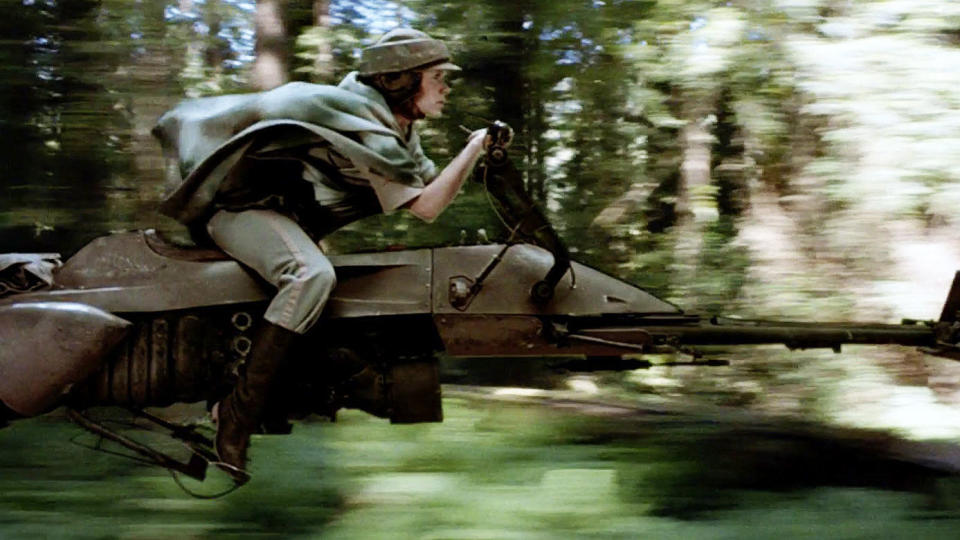

In Return of the Jedi, Luke Skywalker and Princess Leia chase stormtroopers through a forest on speeder bikes, floating motorcycles that “hover” just above the ground.
But while the “Star Wars” version is powered by a fictional technology, the “repulsorlift,” there is now a very similar but real hoverbike.
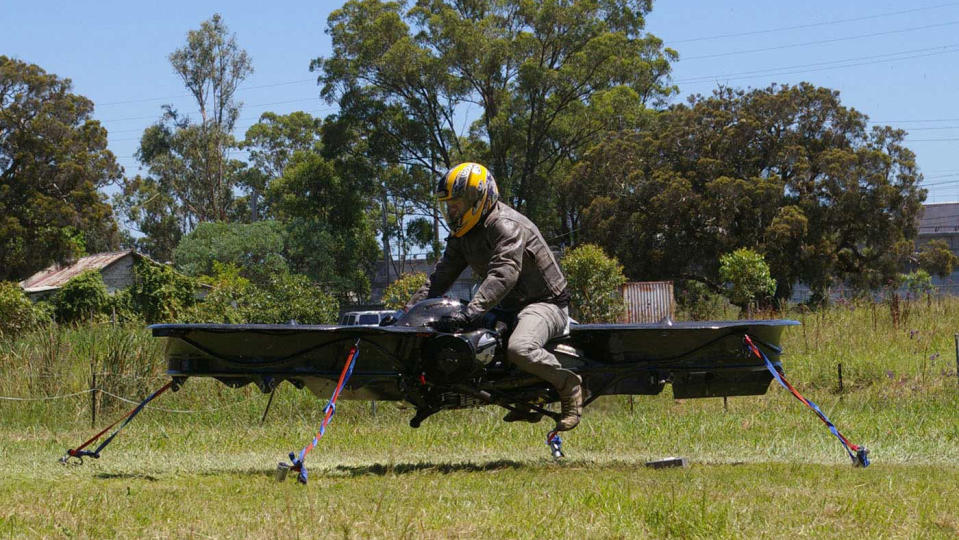

The Hoverbike S3 from the Californian company Hoversurf is scheduled to hit the market in the first half of 2019.
Star Trek Replicator


In Star Trek, the replicator could create any inanimate object out of nothing.
NASA is now using a very similar device in space – a 3D printer from Made In Space that produces spare parts for astronauts when needed.
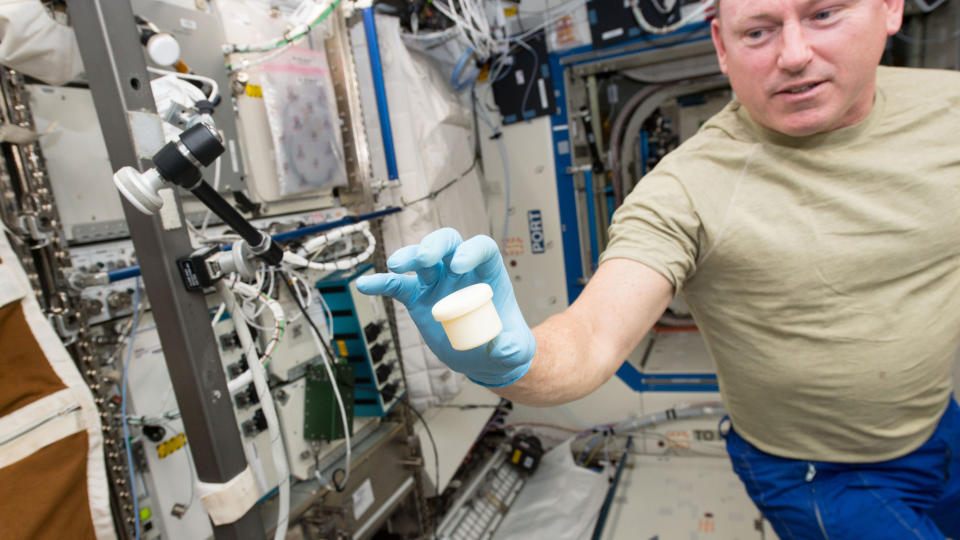

Timothy Creamer, a NASA astronaut who spent time on the ISS, said: “It offers us the opportunity to do our own Star Trek ‘replica’ right there on the ground.”
“It helps us replace things we have lost or broken and create anything that we think might be useful.”
Hoverboard
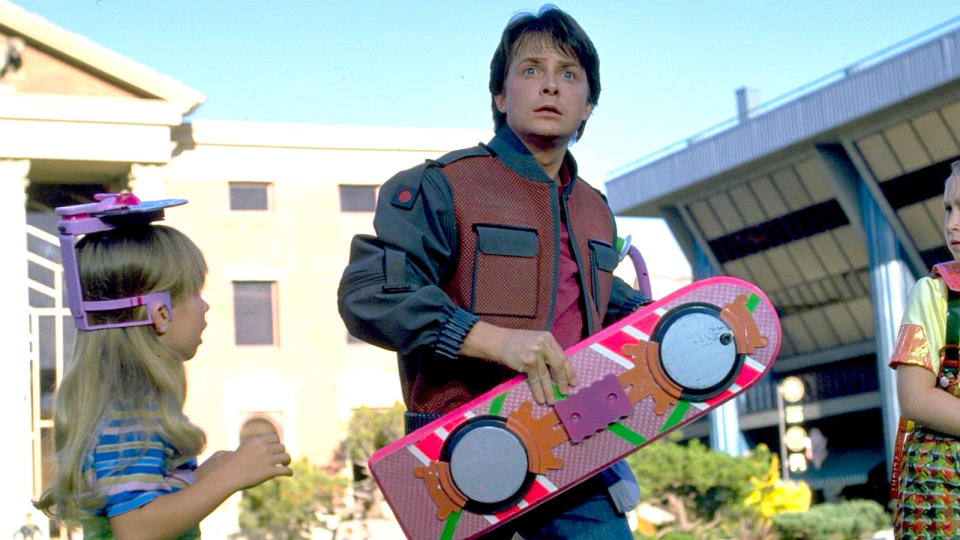

In Back to the Future, Marty McFly jumps onto a hoverboard that hovers a few feet above the ground (until he makes the mistake of trying to fly over water).
Even though it’s not quite as small as McFly’s device, someone has developed a real, functioning hoverboard, although it’s not for the faint of heart.
Invented by Franky Zapata, the Flyboard Air is powered by four motors that propel it upwards and forwards and stabilize itself in a similar way to a drone.


Powered by a backpack full of kerosene, it can fly for about 10 minutes.
Iron Man Exoskeleton
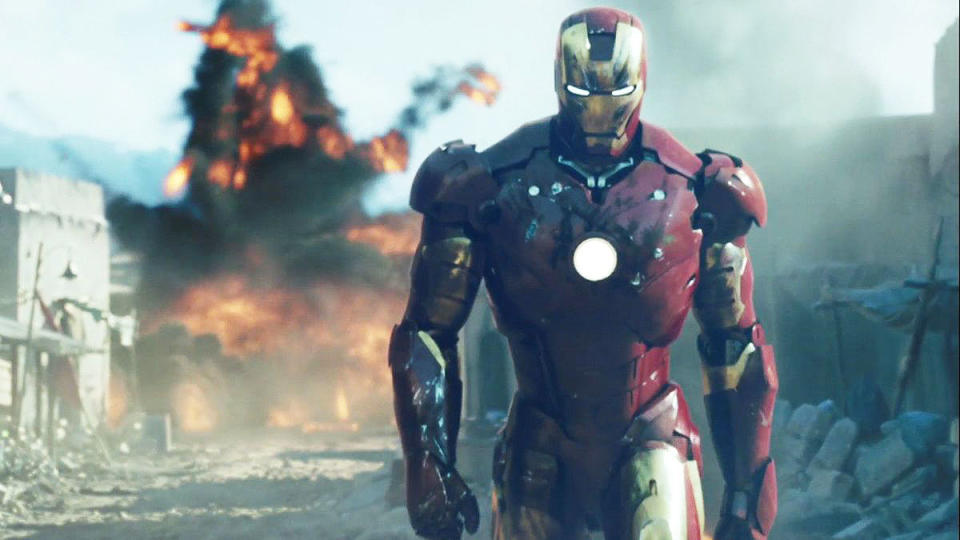

In “Iron Man,” Tony Stark controls a metal suit with the power of his mind.
However, a real version of it already exists: Miguel Nicolelis and a team of Brazilian neuroscientists presented a thought-controlled exoskeleton at the 2014 FIFA World Cup.
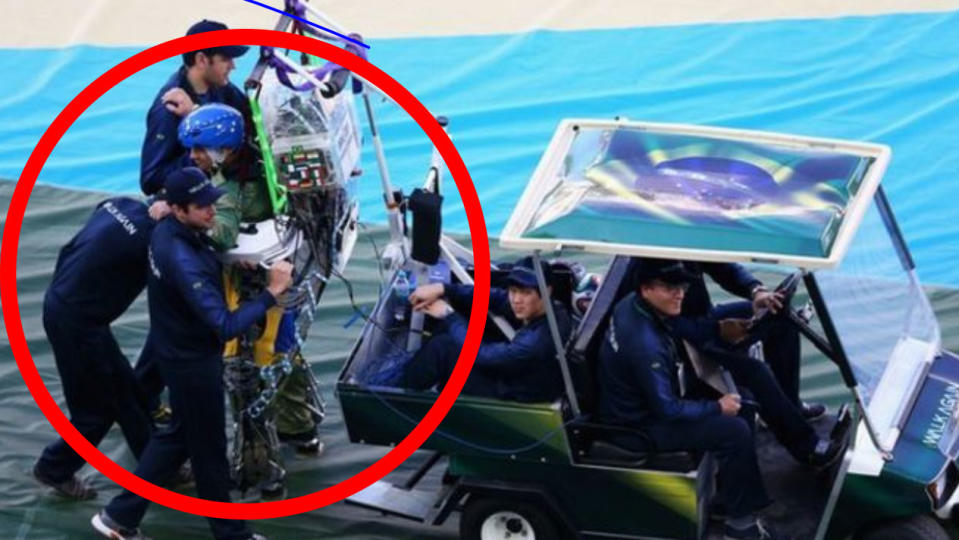

The exoskeleton, which is controlled by an EEG cap with brain sensors, enabled a paralyzed patient to kick a ball at the start of the World Cup.
Team member Dr. Gordon Cheng said: “The basic idea is that we record the brain and then this signal is translated into commands to make the robot move.”

